Evacuation Training In Medical Centres
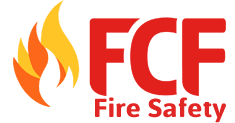)
Did you know that only less than 50% of building occupants know what to do in an emergency? The alarming number signifies the need for building safety managers to teach Evacuation Training in Medical Centres and reassess whether they meet the requirements for emergency evacuation policy and procedures in medical centres.
With expected high standard practices, there is no room for fire safety issues in a healthcare facility. That said, it is mandatory to review the guidelines for effective fire safety and evacuation.
Overview Of Fire And Emergency Evacuation Planning
Significantly in charge of controlling all procedures used for training, a devised fail-safe emergency plan should be established around the safety of each individual. Developing this plan should favor the main goal of avoiding or at least reducing potential injury and illness.
Your emergency plan should cover the following:
- Immediate response to potential hazards
- Staying calm in the event of emergencies
- Assigning persons-in-charge to raise the alarm
- Contacting emergency rescue teams (firefighters, ambulance, police)
- Step-by-step guide upon hearing an emergency alarm (when and how to evacuate)
- Knowing who gives orders and instructs what to do
- How to use communication systems
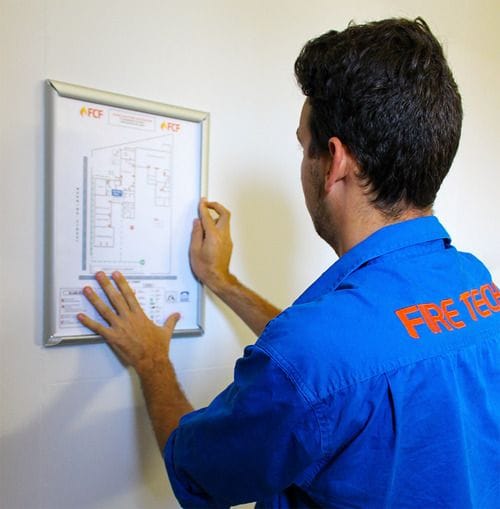
These plans fall under the Work Health and Safety Regulation, wherein a person conducting a business should create an emergency plan effective in the workplace. Building managers are encouraged to involve all staff in the test runs for an assessment of the effectiveness of the plan and to create a smooth flow of evacuation.
Evacuation Training In Medical Centres Guidelines
Fire evacuation training among all staff is a standard requirement, which obliges employees to participate. The training process consists of the following:
- A set of instructions given to each staff of the building as a guide to follow in the event of an emergency
- Evacuation signs installed correctly at designated areas where nurses, doctors, patients, and all other staff members can easily locate.
- Evacuation procedures especially made to match the building's design, to be followed by all building personnel in the event of an emergency
- An exercise carried out for everyone to practice on a regular basis, as mandated by the Building Fire Safety Regulation
Essential Steps For Fire Response
As you go along the healthcare fire safety training, you will find the appropriate responses to more specific situations. Start by studying these four essential steps that make up the facility-specific emergency response guidelines.
Call The Fire Brigade
The concern at hand establishes the question of when to call for help. As per facility emergency response procedures, starting from suspicion of fire, one should immediately call the fire brigade. No one has to neither wait for authorities nor ask permission from anyone to report the suspicion. The act is followed by an automatic telephone call to confirm receipt of the alarm and take further necessary action.
Fight The Fire
In the subject pertaining to the required fire safety equipment in hospitals, there should be a maximum distribution of information on fire extinguishers, fire blankets, what/what not to use, and how to use them. For instance, do not use water or foam to put off an electrical fire.
Only the fire control trained person should handle situations involving immediate action against fire. However, if there should be high risks in attempting to control the flames, occupants should withdraw, leaving the doors closed but not locked.
Evacuation Training In Medical Centres
In a fire situation, a specific response procedure shall include all possible persons directly involved.
- a. Effective warning arrangement Give immediate advice to patients and visitors about the emergency
- b. Assessment of all evacuation routes Routes should be inspected and evaluated for complete accessibility including persons with disabilities. The effects of smoke may also hinder the passageways for patients with health restrictions. An alternative egress route may be required.
- c. Safe approved assembly area There should be predetermined locations where access to emergency services and tools are not scarce. These areas require complete protection from flying debris and smoke inhalation.Evacuating the area should be done by walking calmly but quickly to the assembly area. Stay in the designated assembly area until confirmed otherwise that it is safe to go back.
Guidelines For Evacuation Training In Medical Centres:
Assigned medical practitioners should be alert in prioritising, transferring, and assembling the patients. While every situation is different, it is important to assess by considering the following:
- location of the fire and it's level of seriousness
- Proximity of the patient to the fire and any hazardous or flammable material nearby
- Nature and type of patient being managed
- Layout of the facility
Undergoing a quick assessment of the situation should consequently determine if the patient should be evacuated immediately.
Prioritizing Patients:
- A certain order is given to health care employees for an organized evacuation:
- Ambulatory patients who require ongoing physical assistance.
- Semi-ambulant patients who need some physical assistance.
- Non-ambulant patients who are physically disabled and need to be carried or moved.
- Aggressive, violent, or resistive patients.
All clinical employees need to have a strategic method for predetermining the order of patients, their necessary medical needs, and whatnot in any given circumstances including the level of danger and location of fire.
If you need to reassess your Evacuation Training in Medical Centres, don't hesitate to call us at 0412 718 046 so we can help create a fail-proof fire safety and evacuation plan.
?

)
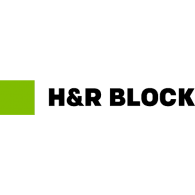)
)
)
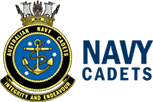)
)
)
)
)
)
)
)
)
)
)
)
)
)
)
)
)
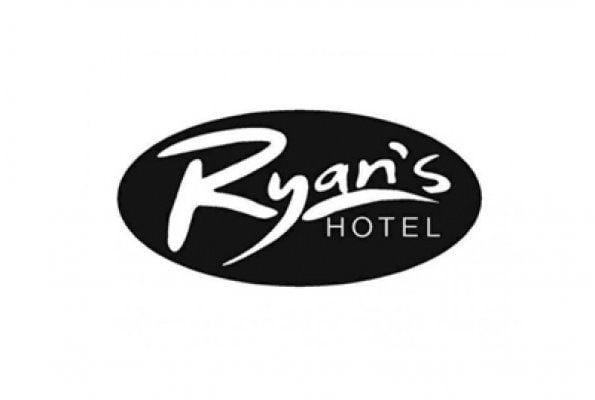)
)
)
)
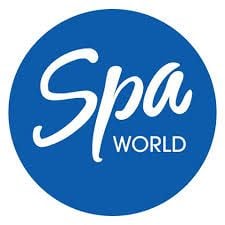)
)
)






